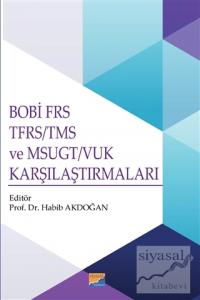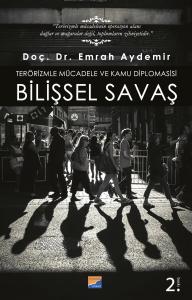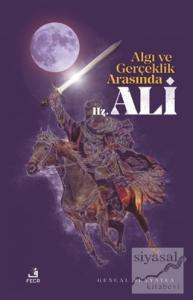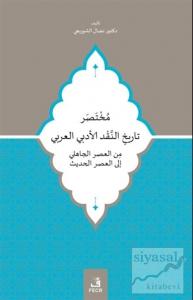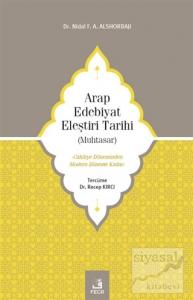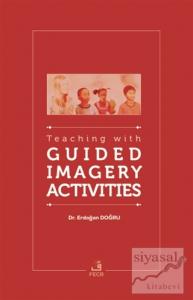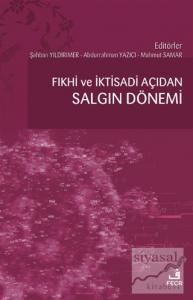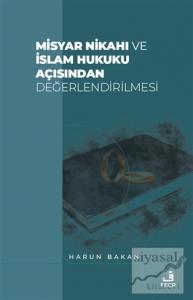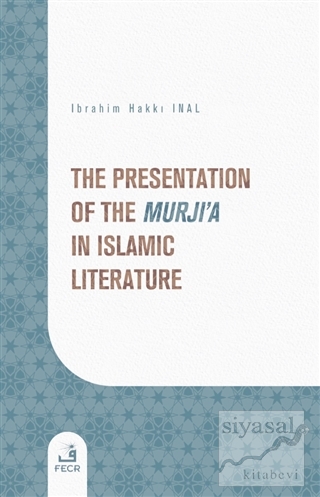
One may ask why we have chosen to look at the Murji'a and not one of the other, better known, heretical sects. Although several answers can be given to this question, what first comes to mind is that the presentation of, say the Khawarij or Shî‘a, is by and large a clear-cut issue for their opponents. Thus, for a Sunnî scholar to present Shî‘î ideas- or vice versa - is a pretty straightforward affair in that they are definitely heretical - or even infidel for some.
Same thing goes for other sects. The literature on these well-known groups little help us to discern any pattern or structure of the presentation of ‘the other' in Islamic literature. Set against this, the treatment of the Murji'a is unique. Their perception and presentation by the scholars of various schools in early Islam is full of conflicting accounts. This phenomenon we believe enables us to detect key patterns in heresiographical and theological literatüre and aids us discover the nature of the Muslim idea of heresy.
One may ask why we have chosen to look at the Murji'a and not one of the other, better known, heretical sects. Although several answers can be given to this question, what first comes to mind is that the presentation of, say the Khawarij or Shî‘a, is by and large a clear-cut issue for their opponents. Thus, for a Sunnî scholar to present Shî‘î ideas- or vice versa - is a pretty straightforward affair in that they are definitely heretical - or even infidel for some.
Same thing goes for other sects. The literature on these well-known groups little help us to discern any pattern or structure of the presentation of ‘the other' in Islamic literature. Set against this, the treatment of the Murji'a is unique. Their perception and presentation by the scholars of various schools in early Islam is full of conflicting accounts. This phenomenon we believe enables us to detect key patterns in heresiographical and theological literatüre and aids us discover the nature of the Muslim idea of heresy.






